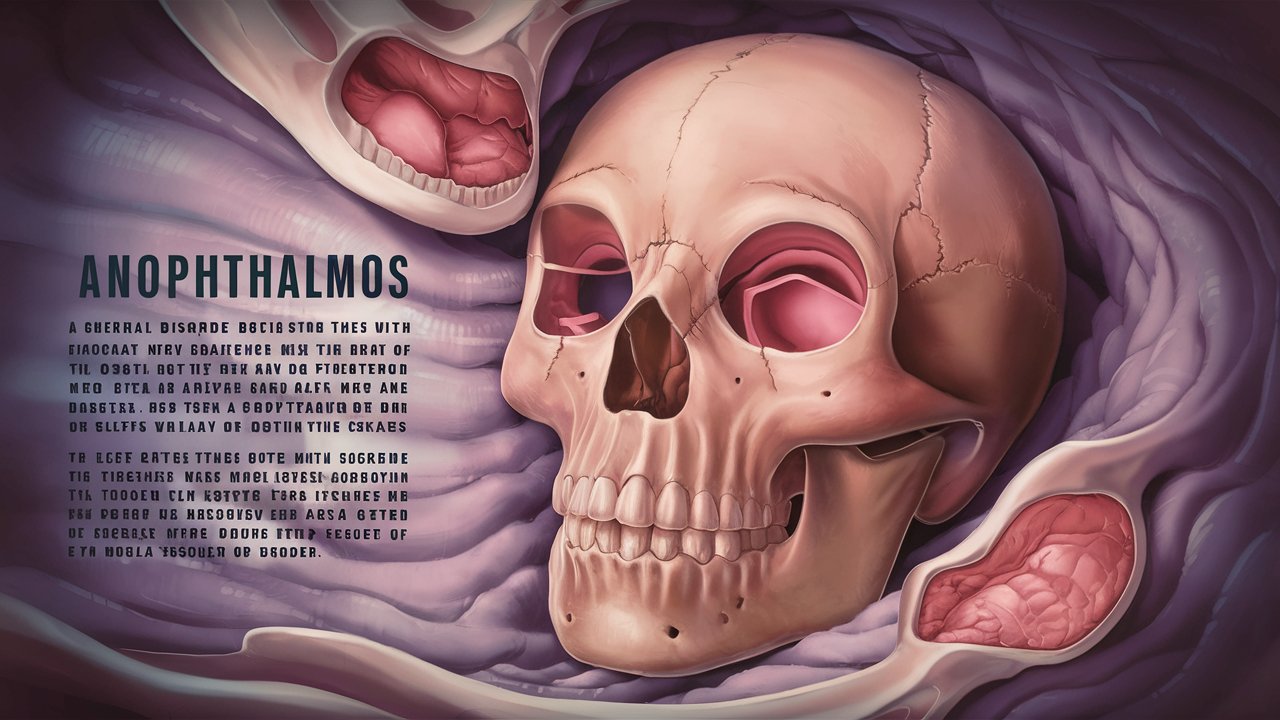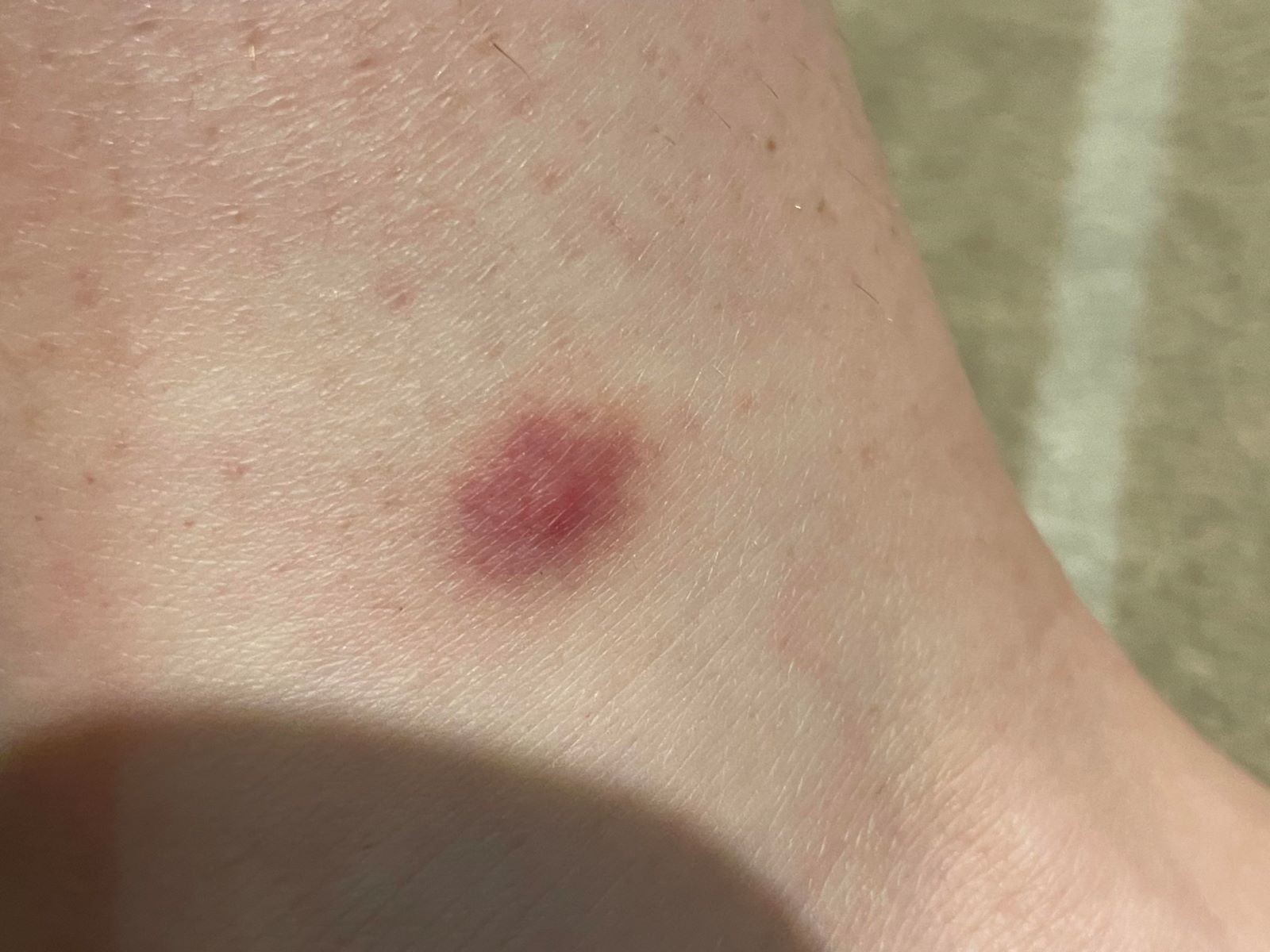
Anophthalmos is a rare condition where a person is born without one or both eyes. This congenital anomaly can be challenging for families and individuals affected by it. Understanding the facts about anophthalmos can help in navigating the complexities associated with this condition. Did you know that anophthalmos can occur due to genetic mutations or environmental factors during pregnancy? It's fascinating yet sobering to learn that this condition affects approximately 1 in 100,000 births. What causes anophthalmos? The reasons can vary, from genetic syndromes to developmental issues in the womb. How is it diagnosed? Typically, doctors use ultrasound during pregnancy or a physical examination after birth. What are the treatment options? While there's no cure, prosthetic eyes and supportive therapies can improve quality of life. Let's dive into 25 intriguing facts about anophthalmos to better understand this unique condition.
What is Anophthalmos?
Anophthalmos is a rare condition where a person is born without one or both eyes. This can be due to genetic factors, environmental influences, or a combination of both. Let's dive into some fascinating facts about this condition.
-
Anophthalmos occurs in approximately 1 in 100,000 births, making it an extremely rare condition.
-
The term anophthalmos comes from Greek, where "an" means without and "ophthalmos" means eye.
-
There are two types of anophthalmos: primary and secondary. Primary anophthalmos means the eye never developed, while secondary anophthalmos means the eye began to develop but was later absorbed.
Causes of Anophthalmos
Understanding the causes can help in early diagnosis and potential prevention strategies.
-
Genetic mutations are a significant cause of anophthalmos. Mutations in genes like SOX2, OTX2, and RAX have been linked to the condition.
-
Environmental factors during pregnancy, such as exposure to certain drugs or infections, can also lead to anophthalmos.
-
Chromosomal abnormalities, such as trisomy 13, have been associated with anophthalmos.
Diagnosis and Detection
Early detection can aid in managing the condition more effectively.
-
Ultrasound can sometimes detect anophthalmos during pregnancy, although it is not always reliable.
-
MRI and CT scans are used post-birth to confirm the diagnosis and assess the extent of the condition.
-
Genetic testing can help identify the specific mutations responsible for anophthalmos, aiding in understanding the condition better.
Treatment and Management
While there is no cure, several treatments can help manage the condition.
-
Prosthetic eyes are often used to improve the appearance and support facial structure.
-
Surgical interventions may be necessary to prepare the eye socket for a prosthetic eye.
-
Regular follow-ups with an ophthalmologist are crucial for monitoring and managing any associated complications.
Impact on Quality of Life
Living with anophthalmos presents unique challenges, but many lead fulfilling lives.
-
Psychological support is essential for individuals with anophthalmos to cope with social and emotional challenges.
-
Adaptive technologies, such as screen readers and Braille, can significantly enhance the quality of life for those with vision impairments.
-
Support groups provide a community for individuals and families affected by anophthalmos, offering emotional and practical support.
Research and Future Directions
Ongoing research aims to improve understanding and treatment of anophthalmos.
-
Stem cell research holds promise for potentially regenerating eye tissue in the future.
-
Gene therapy is being explored as a way to correct the genetic mutations that cause anophthalmos.
-
Clinical trials are ongoing to test new treatments and interventions for anophthalmos.
Famous Cases and Awareness
Raising awareness can lead to better support and resources for those affected.
-
Public figures like Stevie Wonder, who was born with retinopathy of prematurity, have helped raise awareness about vision impairments, including anophthalmos.
-
Awareness campaigns and organizations, such as the Anophthalmia Network, work to educate the public and support research efforts.
Related Conditions
Anophthalmos is often associated with other medical conditions.
-
Microphthalmia is a related condition where the eye is abnormally small but present.
-
Coloboma is another condition that can occur alongside anophthalmos, involving a gap or defect in the eye structure.
-
Holoprosencephaly, a brain development disorder, can sometimes be associated with anophthalmos.
Interesting Facts
Here are some more intriguing tidbits about anophthalmos.
-
Animals can also be born with anophthalmos, including cats, dogs, and even fish.
-
Historical records show that anophthalmos has been documented for centuries, with ancient texts describing individuals born without eyes.
Final Thoughts on Anophthalmos
Anophthalmos, a rare condition where one or both eyes are absent, affects individuals in unique ways. Understanding its causes, which range from genetic mutations to environmental factors, helps in managing and supporting those affected. Early diagnosis and intervention can significantly improve quality of life. Treatments like prosthetic eyes and surgical options offer hope and functionality. Raising awareness about anophthalmos fosters empathy and support within communities.
Research continues to uncover more about this condition, paving the way for better treatments and possibly prevention. If you or someone you know is affected, seeking medical advice and connecting with support groups can make a big difference. Knowledge empowers us to create a more inclusive world for everyone, regardless of their challenges.
Was this page helpful?
Our commitment to delivering trustworthy and engaging content is at the heart of what we do. Each fact on our site is contributed by real users like you, bringing a wealth of diverse insights and information. To ensure the highest standards of accuracy and reliability, our dedicated editors meticulously review each submission. This process guarantees that the facts we share are not only fascinating but also credible. Trust in our commitment to quality and authenticity as you explore and learn with us.


